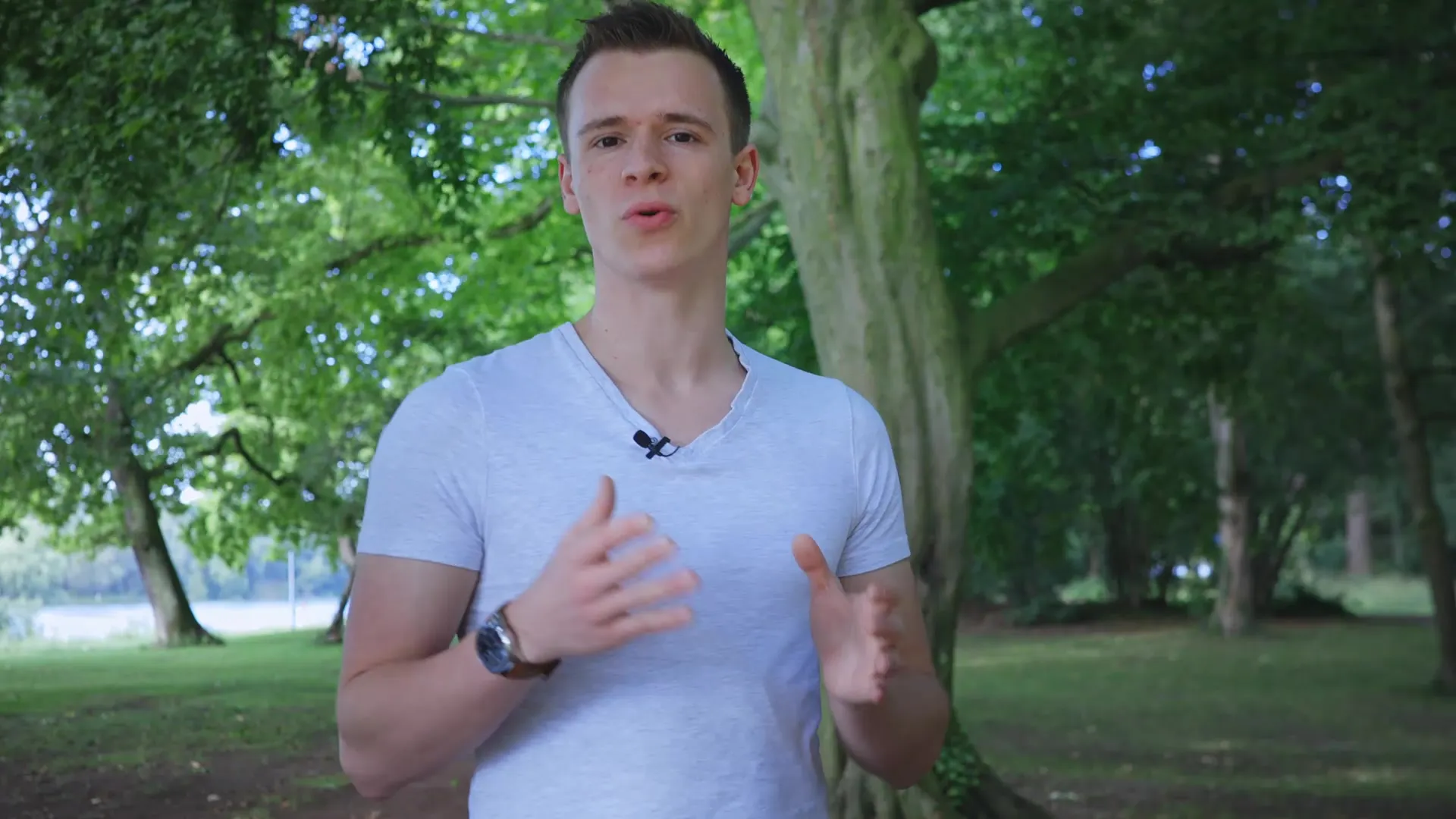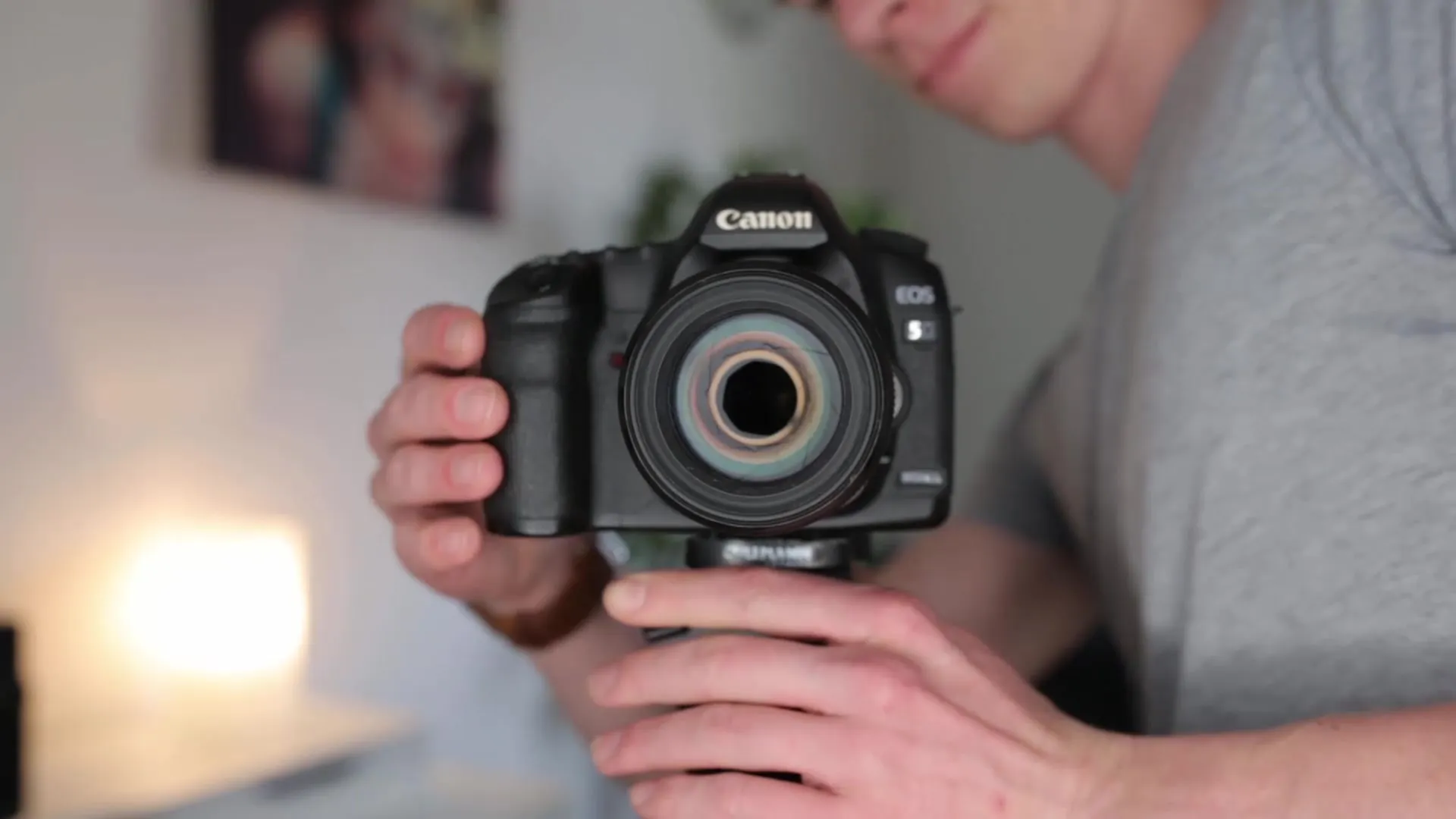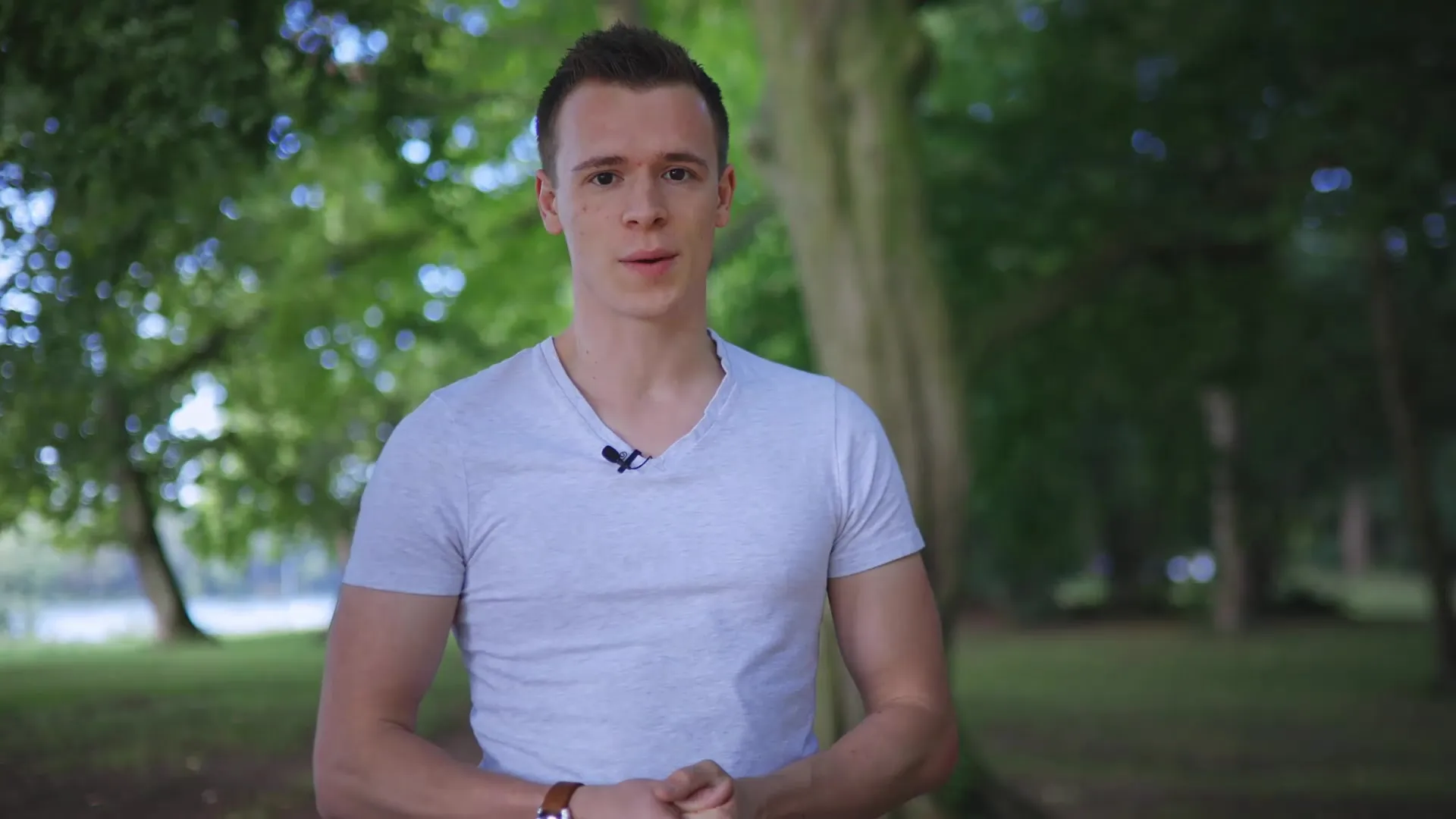If you want to create an exciting atmosphere while filming, the aperture is a crucial tool. It can make your image brighter or darker while simultaneously controlling the depth of field. In this guide, you will learn how to use the aperture effectively to achieve the best results. Here you will find out what to consider in order to create creative and impressive videos.
Key Takeaways
- An open aperture allows more light but results in a smaller depth of field.
- The further you close the aperture, the larger the depth of field, but the image becomes darker.
- Using prime lenses can help you achieve better results.
- A moderate aperture (e.g., f/2.8) provides a good balance between light and sharpness.
Step 1: Understand the Basic Principles of Aperture
The aperture is one of the three critical factors of exposure (along with shutter speed and ISO) that control the brightness and depth of field of your image. An open aperture (e.g., f/1.4) lets in more light, while a smaller aperture (e.g., f/22) restricts light. This affects how bright or dark your image is, especially when filming in various lighting conditions.

Step 2: Try to Find the Right Aperture Setting
The depth of field – the part of the image that is sharp – depends on the aperture. With an open aperture, it becomes very small, which can result in your subject quickly moving out of focus. Conversely, with a small aperture, the depth of field becomes greater. It is also important to note that the choice of lens has a significant impact. Experiment with different aperture values to get a feel for how differently the images can appear.

Step 3: Pay Attention to Autofocus and Sharpness
When filming in autofocus, it can be challenging to maintain sharpness when using a very open aperture, as the depth of field is minimal. This can be especially difficult when the subject moves and the camera has trouble keeping focus.

Step 4: Experiment with Different Aperture Values
An aperture of 2.8 or 4 is often the best compromise to achieve both sufficient light and acceptable sharpness. I recommend not always filming with the widest aperture, as it can make filming more challenging in the long run. In many cases, aperture values such as 2.8 are perfect for depth of field, especially when capturing movements with the camera.
Step 5: Use Prime Lenses
A 50 mm prime lens is an excellent choice for beginners. These lenses are often more affordable and offer impressive image quality. An open aperture makes it easy to create sharp videos with a nice blur effect in the background. However, if you need to maintain sharpness, an aperture of 4 might be sufficient to capture the subject clearly without losing focus.
Step 6: Keep an Eye on Shutter Speed
When filming with an open aperture, you might need to choose a faster shutter speed. This can directly affect your footage, especially in sunlight, where an aperture of f/22 may be necessary. Here, an ND filter can be helpful to ensure the correct exposure even in bright light.
Step 7: Experiment and Find Your Style
Ultimately, experimenting with the aperture is key. The best results will come when you work with different aperture values in various environments. You will quickly discover which aperture you prefer and which suits your style best. Feel free to play around with different lenses and settings to find your perfect combination.
Summary – Aperture in Filming: Its Effects on Light and Sharpness
In this tutorial, you learned the basic principles of aperture in filming. It's important to keep both light and depth of field in mind when shooting engaging videos. Experiment with different aperture values and find a style that suits you.
Frequently Asked Questions
What does an open aperture do?An open aperture lets in a lot of light but results in a shallow depth of field.
Why is the depth of field important?The depth of field determines which part of the image is sharp. A too shallow depth of field can be problematic.
How does the aperture affect shutter speed?An open aperture may require a faster shutter speed as more light hits the sensor.
What lens is suitable for beginners?A 50 mm prime lens is a good choice for beginners as it offers high image quality at an affordable price.
How do I find the right aperture for my video?Experiment with different aperture values to find out what works best for your style and the situation.


